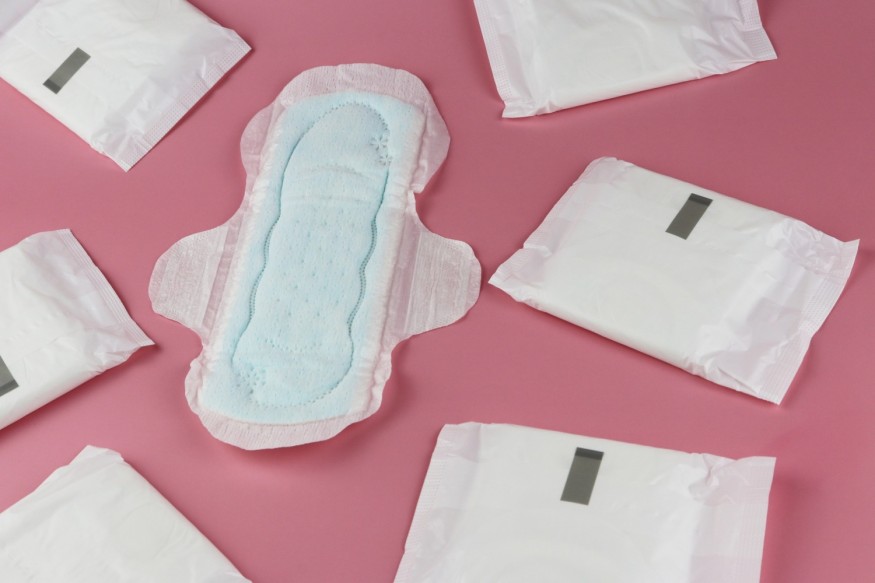Women's reproductive system is interesting and intriguing, as it covers a full field of gynecology and medicine that is dedicated to it. However, while this system has been an object of intricate focus, the Economist notes that it has taken for granted a particular matter pertaining to menstruation.

Over 300 Million Menstruate at Any Given Period
According to the World Bank, over 300 million women from across the world menstruate daily and at any time of the day. A huge percentage of this number uses menstrual products like pads and tampons.
As noted by the Economist, a typical woman who uses such items may use around 15,000 pieces within her entire lifetime. However, others may use even more and use different items at the same time.
Feminine Parts that Pads and Tampons Get Into Contact With
The vagina's exterior protective part, the vulva's skin, is one of the body surface's most sensitive parts. This is the area that gets directly in contact with the pads and other similar products. This specific part has greater permeability levels than other areas of the skin's epidermis. When it gets irritated, it increases absorbance.
The canal of the vagina, on the other hand, is where tampons stay. This part is surrounded by particular mucous membranes that get supplied from blood vessels and suck up chemicals right into the bloodstream without performing any metabolization.
Economist notes how these are assumed to be the drivers behind the scientific assessment of menstrual products' composition and the regulation systems that may respond to the assessment results. Such occurs with food and drugs, two product classes regularly entering the body.
However, investigations are unclear, and across jurisdictions, regulations vary. Moreover, considering the number of people who use such products, health hazards that come with their usage should have popped up by now. It is still, however, conversely real that minimal risks may affect several people. Other than this, current science and self-reports from women may suggest that things don't always go well.
Is the Usage of Menstrual Products Concerning?
Official and formal reports conclude that menstrual products are generally safe to use. In studies and assessments conducted across South Korea, France, and Sweden, authorities concluded that their usage was not something to be concerned about.
However, some reports showed that the usage of these products could be concerning. KBS World, for one, reported how a study last 2020 found that carcinogens were found across more than 97% of the pads that were distributed across Korea ever since the year 2014.
The Economist also reported how women from France felt worried about these products. In fact, their safety agency found that around 81% of the respondents expressed that at least one type of menstrual product came with health risks.
According to the Economist, two particular concerns are hormonal effects and skin-sensitizing. The latter may be due to adhesives and fragrances that are present in the products, while the former may be contributed by what is known as endocrine disruptors. Such disruptors are hormones necessary to facilitate functions such as menstrual cycle regulation.
Forensic toxicologist Kabrena Rodda expresses minimal knowledge about the short and long-run effects of the chemicals that vaginas get exposed to. Businesses will have to choose their own ranges and testing methodologies without knowing the safe chemical dose that the vaginas can get routinely exposed to.
Global Standard for Menstrual Products
The Economist notes how the Swedish Institute for Standards has proposed the creation of a global menstrual product standard. Such may include guidelines regarding chemical limitations, acceptable methods of testing, and recommended material.
Just this year, the idea passed preliminary votation at the International Organization for Standardization.
RELATED ARTICLE : Long, Irregular Menstrual Cycles in Women Make Them More At Risk for Fatty Liver Disease
Check out more news and information on Medicine and Health in Science Times.
© 2026 ScienceTimes.com All rights reserved. Do not reproduce without permission. The window to the world of Science Times.











